Nuclear Power
Nuclear power is long proven at large scale and Wales has two locations of decommissioned power stations at Wylfa and Trawsfynydd. Although not technically classed as a renewable energy source, nuclear energy is often grouped to together with renewables as it is low carbon, and up to 98% of nuclear waste can now be reused. It is, however, the most expensive form of low carbon electricity and needs a long build period.
Cenhedlaeth Newydd
Mae Llywodraeth y DU a Llywodraeth Cymru yn cefnogi’r defnydd o ynni niwclear i gynhyrchu trydan carbon isel. Gall hyn fod yn gyfuniad o niwclear ar raddfa “gonfensiynol”, neu “adweithyddion modiwlaidd bach” newydd a elwir yn SMRs, technoleg ddatblygol sy’n seiliedig gan fwyaf ar adweithyddion bach, fel y rhai a ddefnyddir mewn llongau milwrol a llongau tanfor.
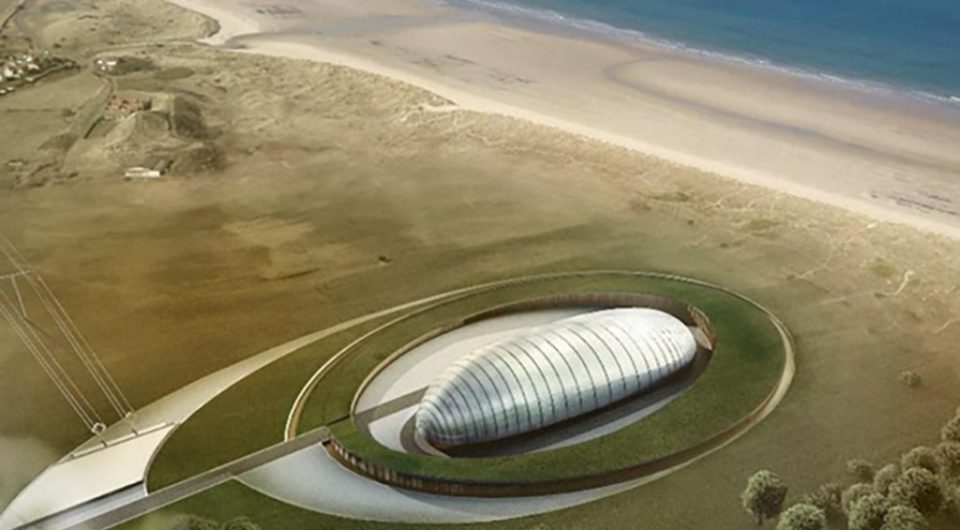
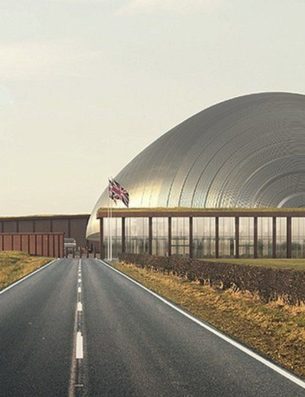
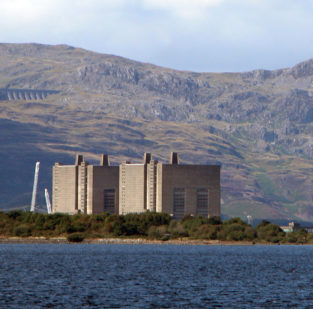
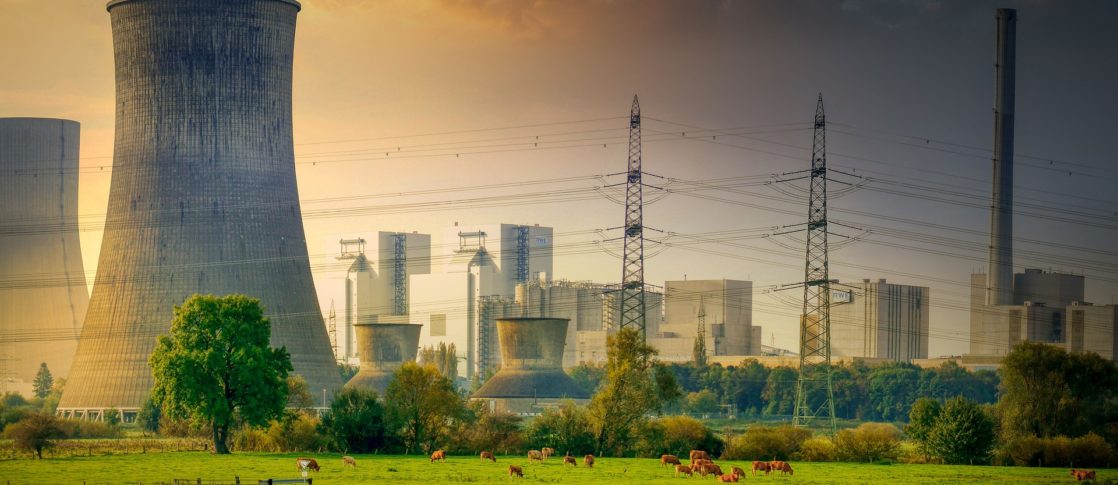
Gwell Lleoliadau
Er y dewiswyd y lleoliadau gwreiddiol ar gyfer gorsafoedd ynni niwclear yn ystod y 1950au mewn lleoliadau gwledig, anghysbell iawn, oherwydd ofnau am ddamweiniau a diogelwch, ar ôl blynyddoedd lawer o weithredu’n llwyddiannus a datblygiadau sylweddol mewn gwyddorau niwclear, nid yw hynny’n wir bellach. Mae hynny’n golygu bod niwclear, yn enwedig SMRs, yn hynod hyblyg i’w leoli.
Future Options
CPRW believes that future nuclear power stations should no longer need to be located within open or remote countryside but instead should be:
- close to major centres of electricity demand, to minimise unsightly and expensive grid connections.
- close to industrial or domestic “heat sinks” to make best use of low carbon, “waste” heat.
- on major brownfield sites, such as former coal power station sites, that have existing grid infrastructure.
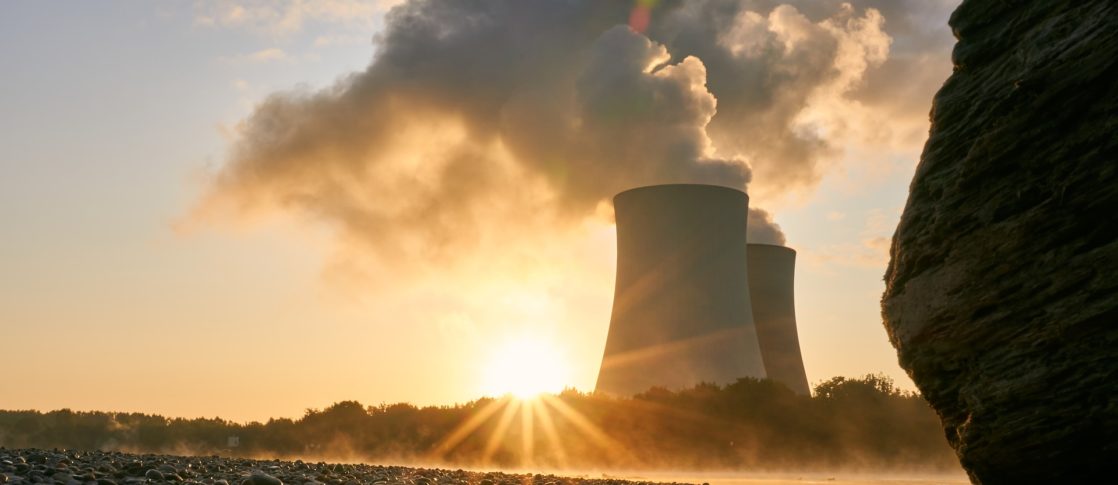
[instagram-feed feed=1]


